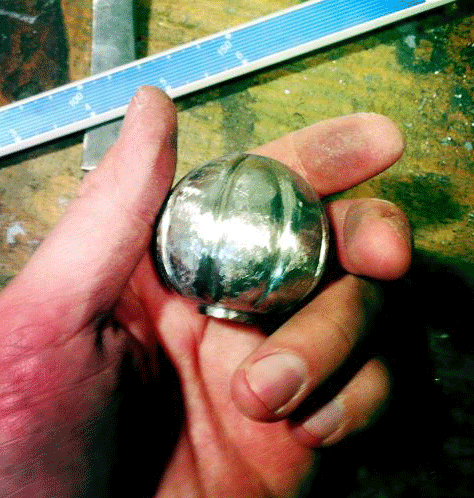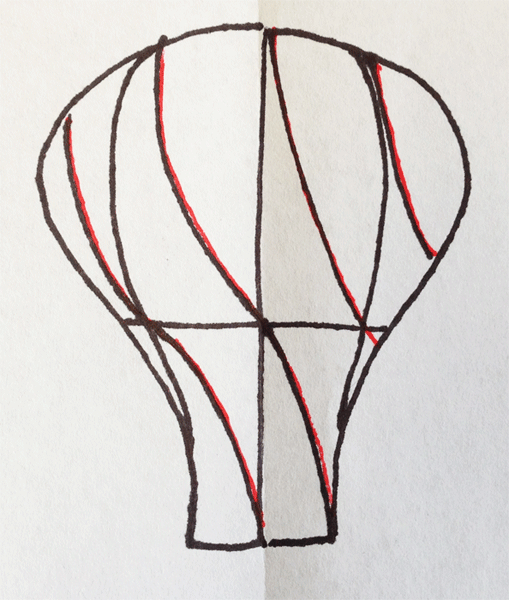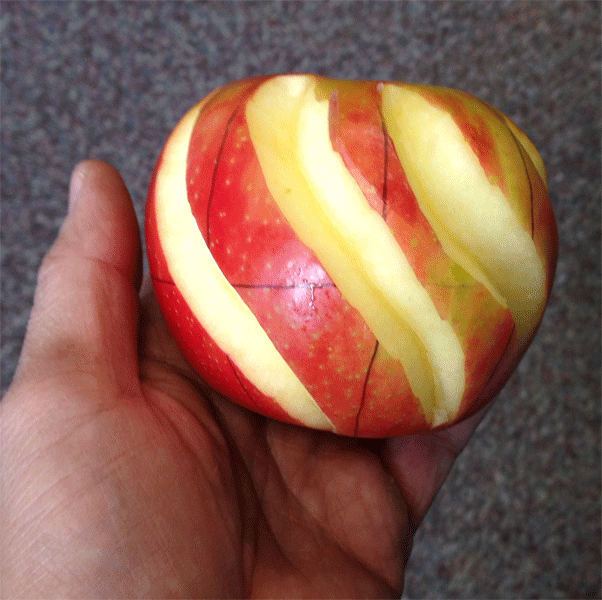Terrific feedback, thank you all.
I spend a lot of time drawing, but I'm far from a sketch artist. Somehow this particular geometry eludes me.
Mac, I love the evidence of handwork in the originals. A little irregularity makes a reproduction infinitely more interesting than a mass produced and 'machine perfect' replica. There will be a fair amount of material chiseled out of this little pommel so I can see the room for adjusting as the form develops.
Leo, Radovan, Sobering practical advice. Thank you. I do get excited when I can buy myself time in the shop and this is just the type of thing I'd expected to be able to crank out without blinking, but that may be my first mistake. I've laid out radials at both top and bottom, but it is time to connect them and create some circumferences and generate a grid as you have described.
James, if my hands won't cooperate to generate a clockwise spiral, a lefthanded one is unimaginable.
Attached is an image of my best template idea. I was going to lay out radials on a jig with a spindle upon which the pommel sat. The trick would be to keep the scribe always aligned with the cental axis as one followed the template. This shows my tendency to overthink things I suppose.
-Adair






